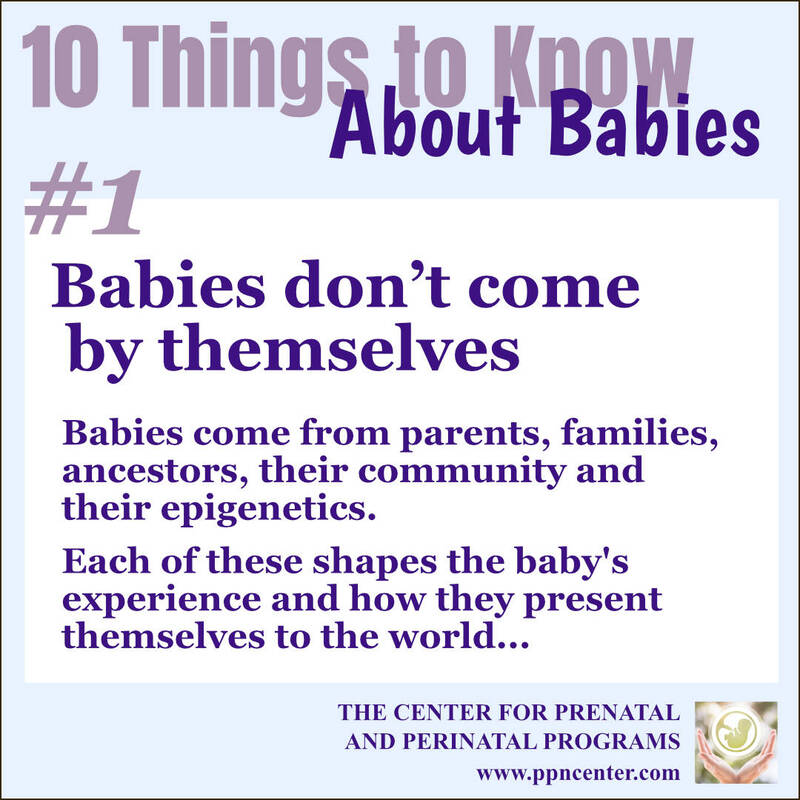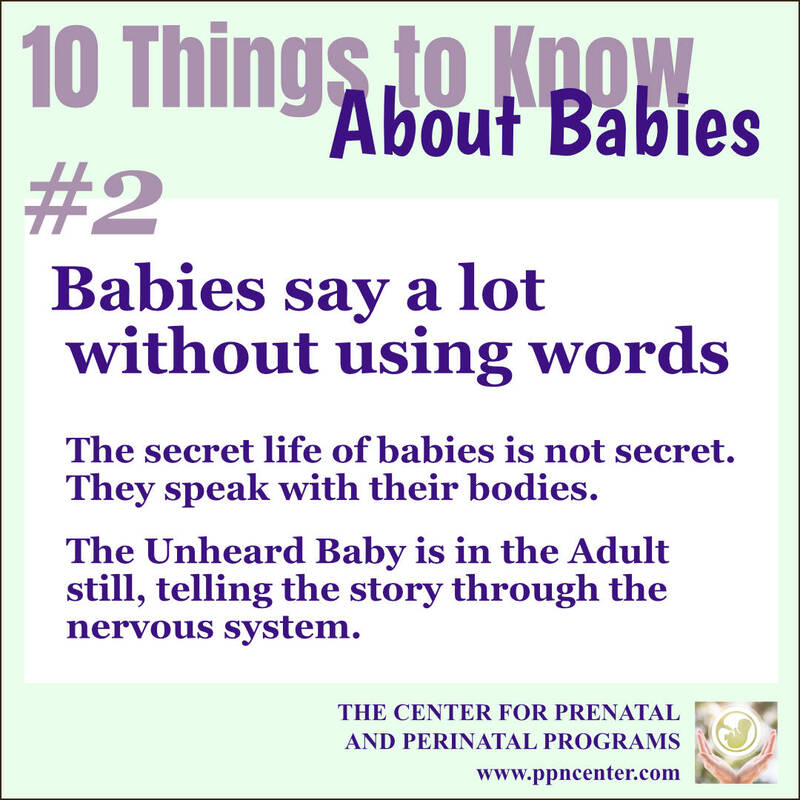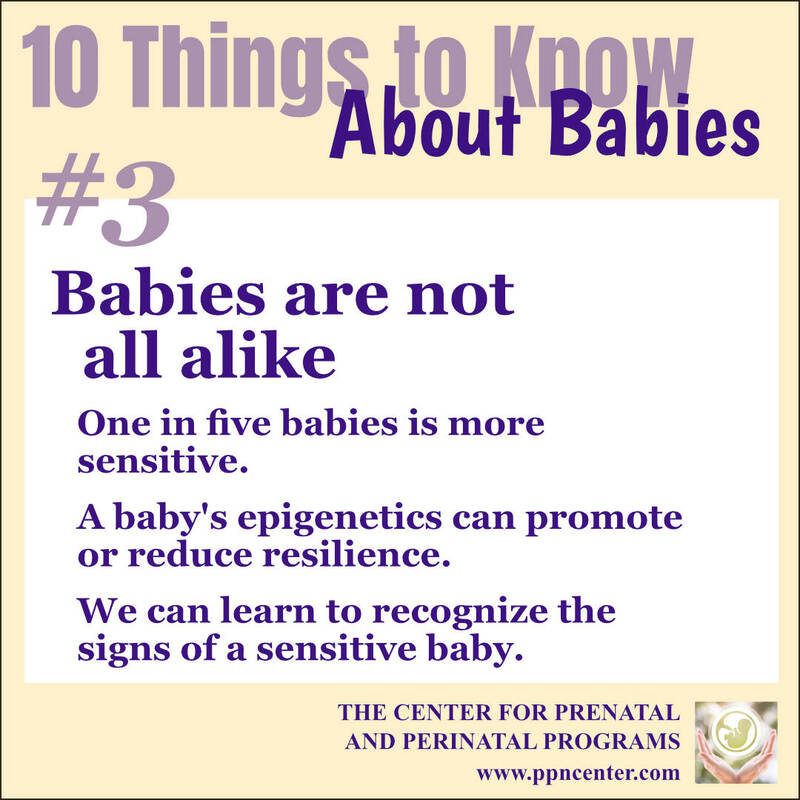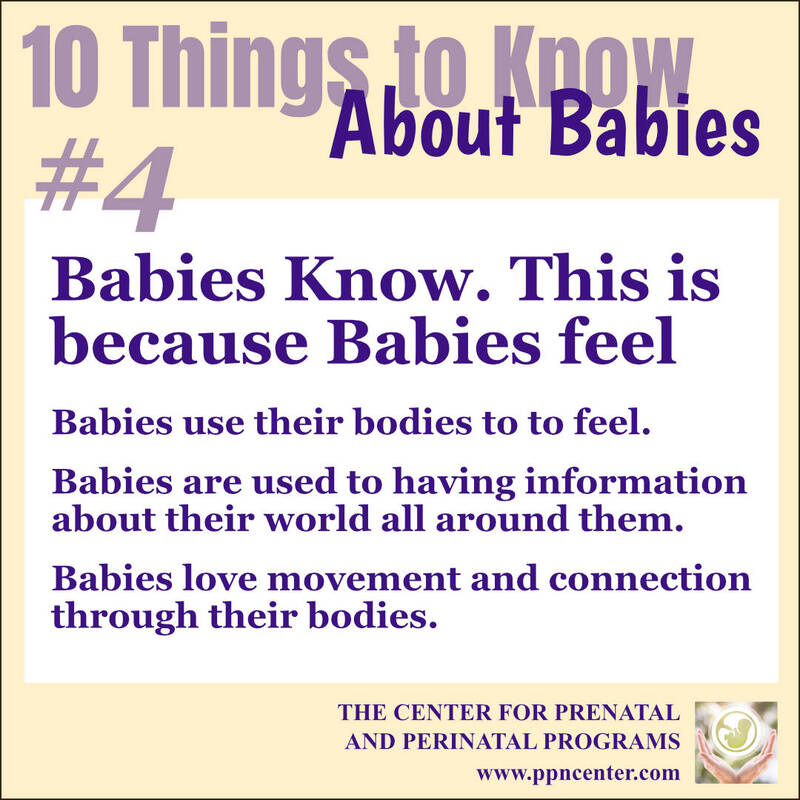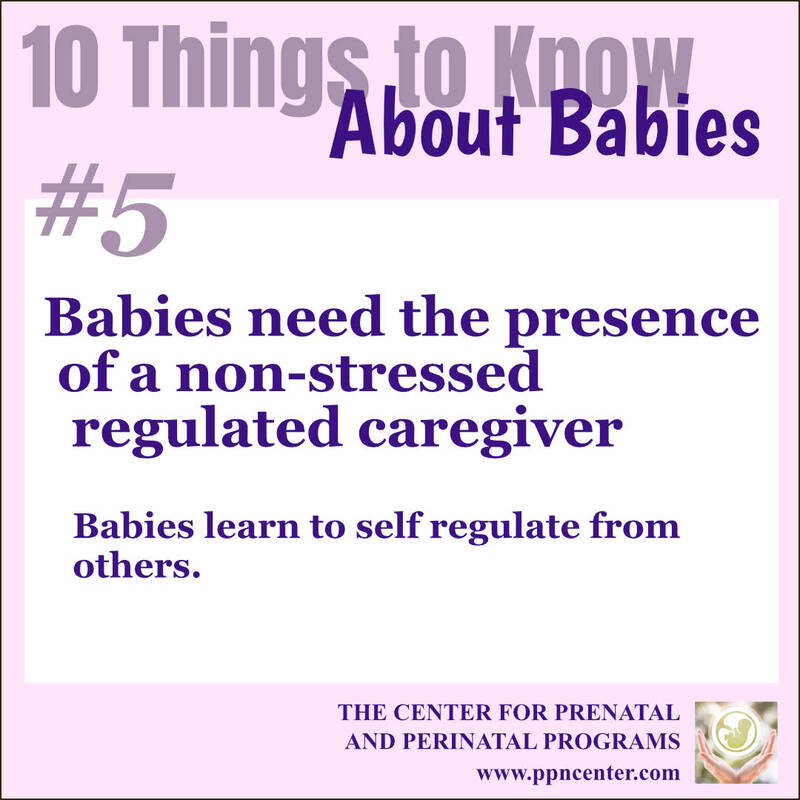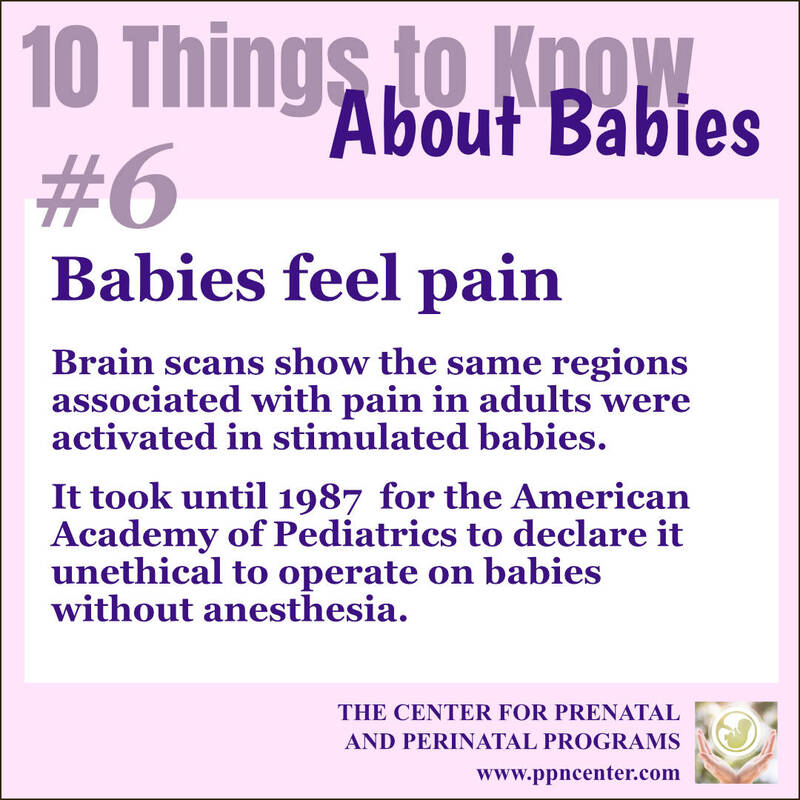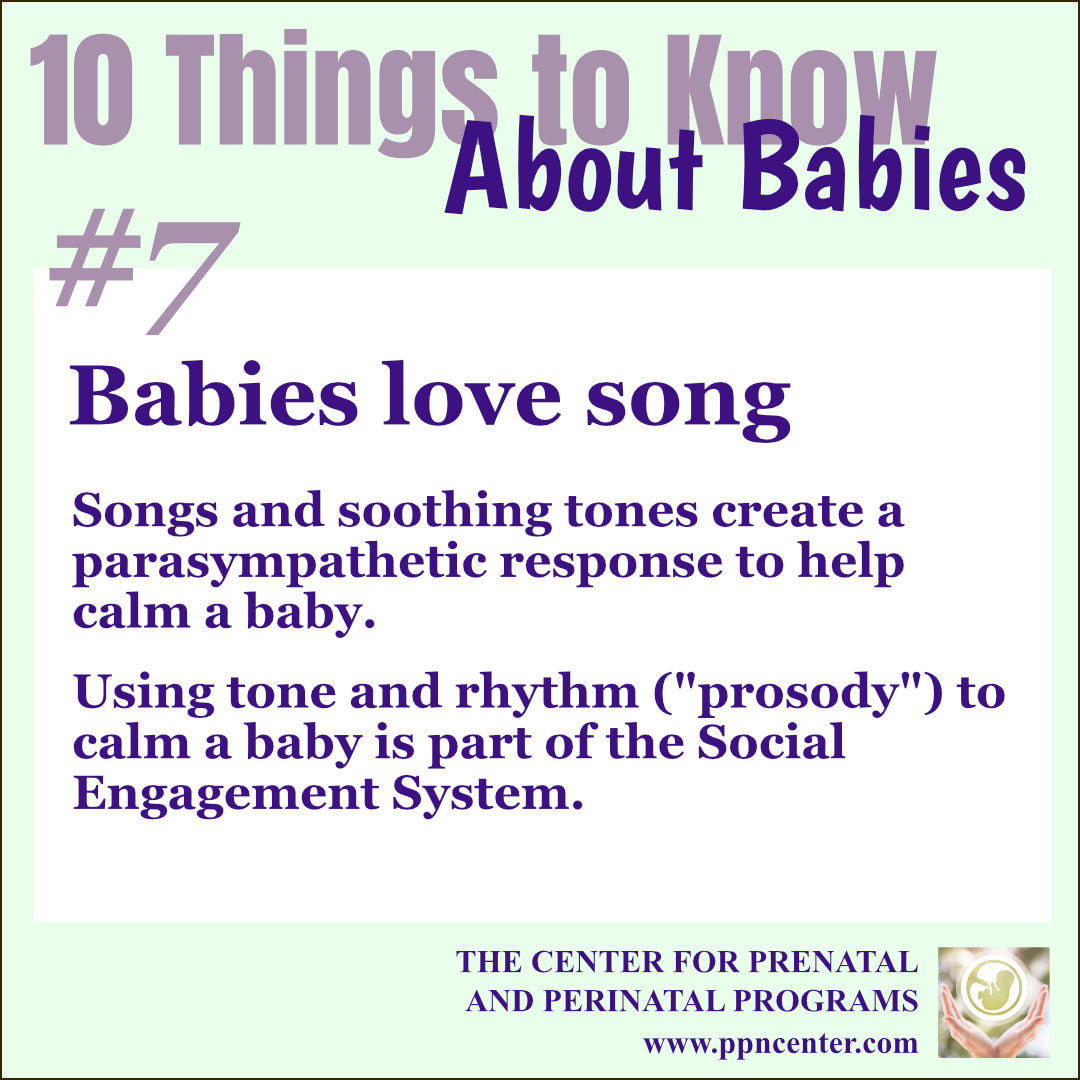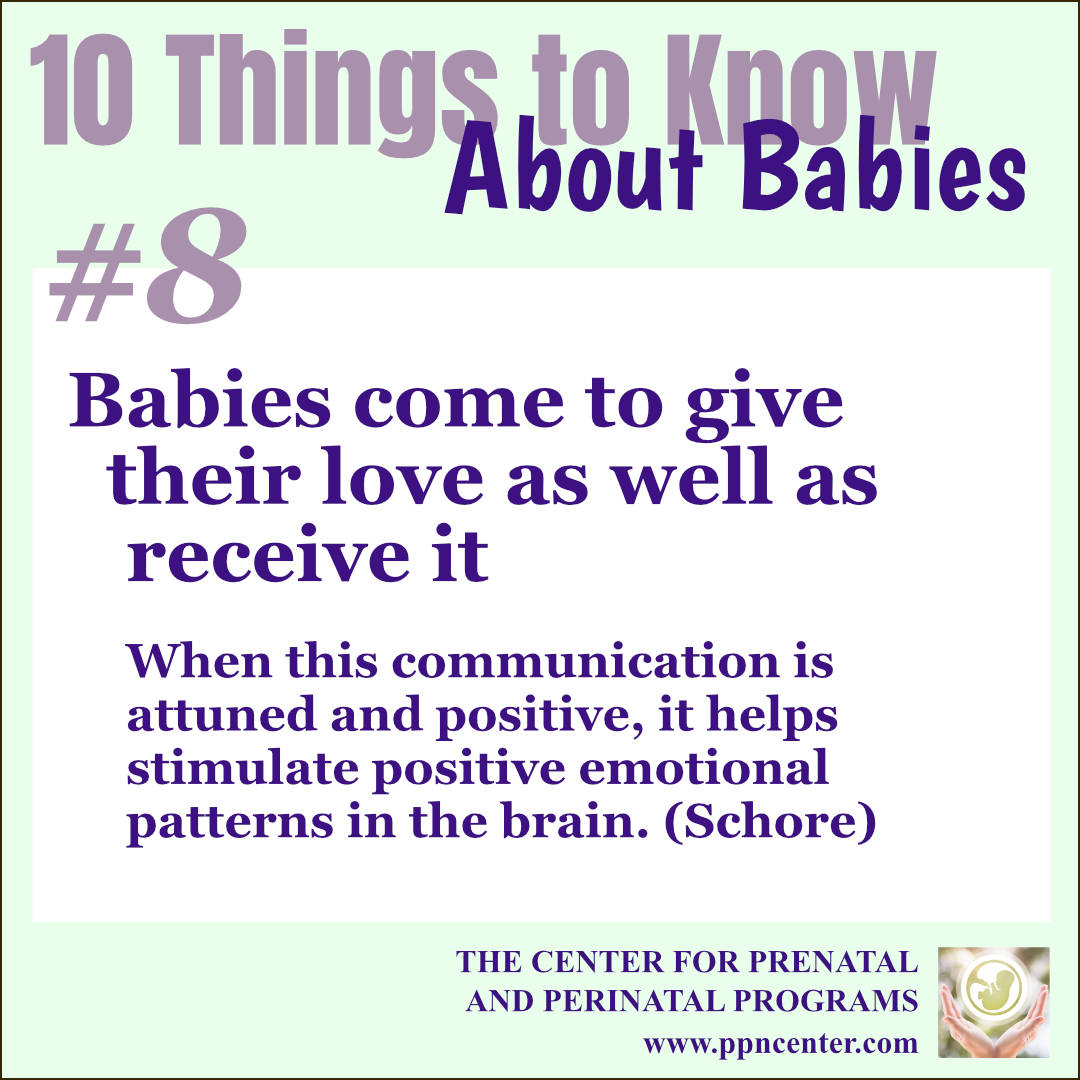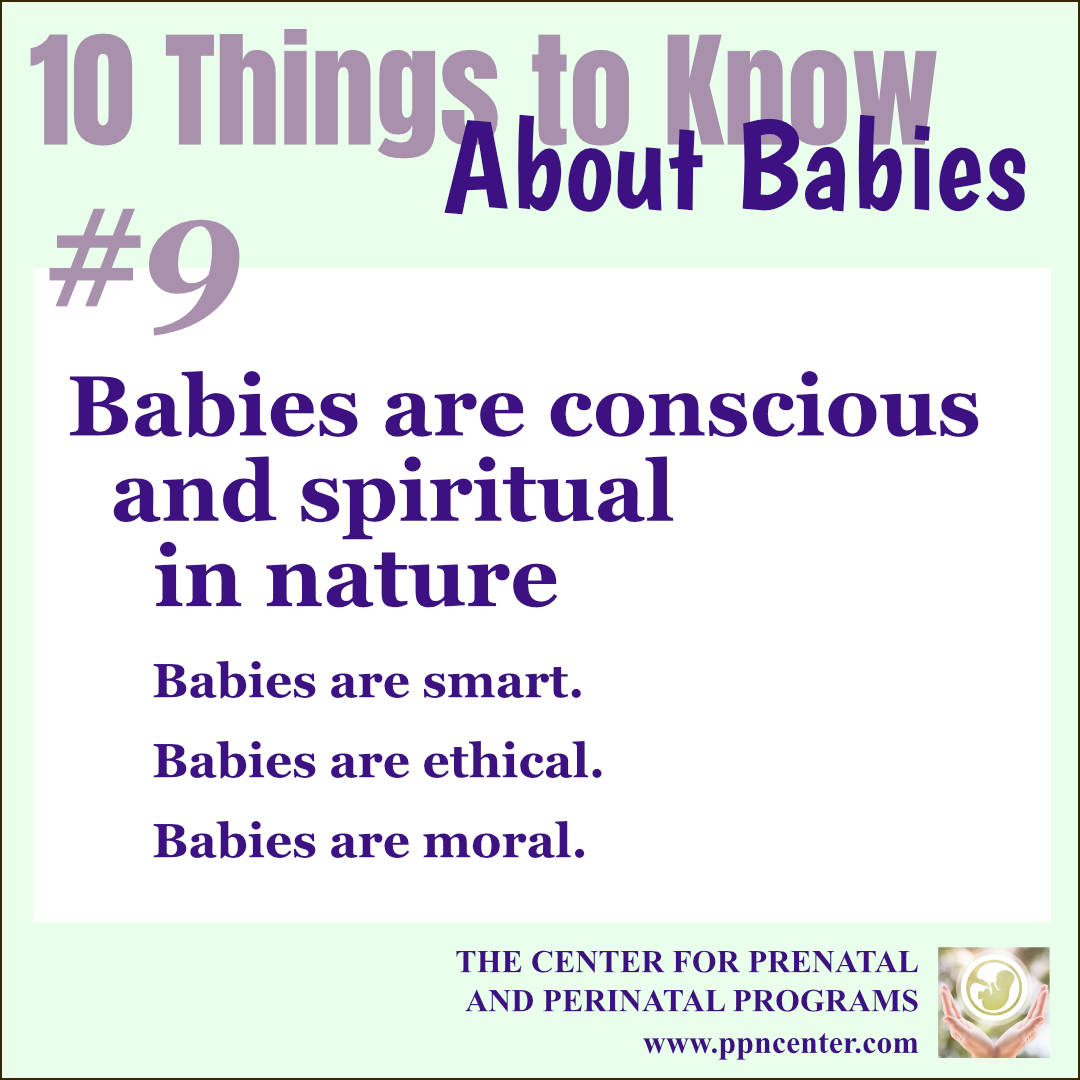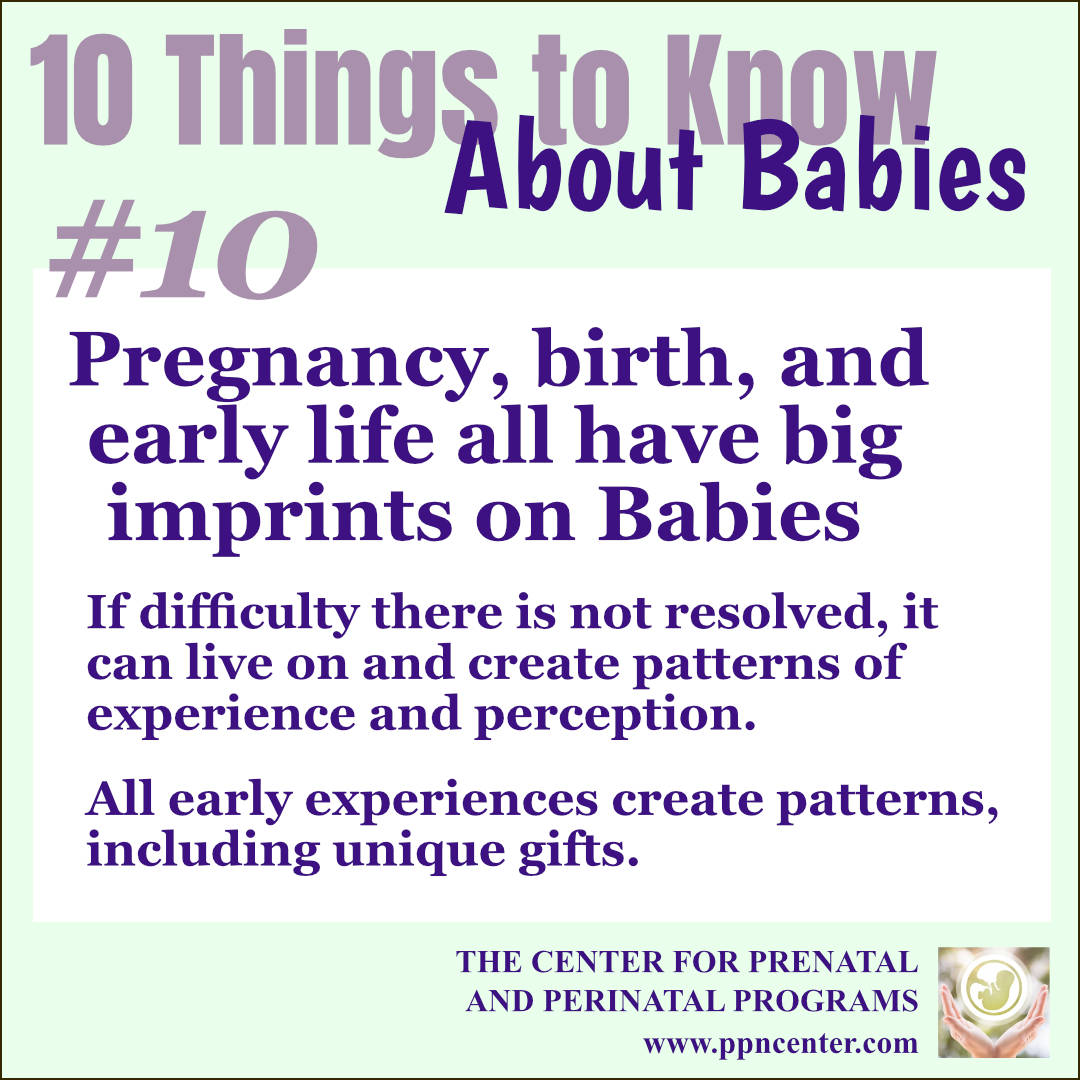10 Things to Know About Babies
|
#1
Babies don't come by themselves. They always come with another person, or people. Ray Castellino used to say that all the time. He told us the story that was a turning point for him in his work. One day, a family came in with a baby. The mother put the baby in Ray's arms, sat down and promptly feel asleep. The other children went a little bonkers in his chiropractic office. And he was identifying with the baby. He realized then that needed to find a way to work with the whole family and began to experiment with small groups of people. This is how the Womb Surround(tm) got its start. But Ray was not the first person to say that babies don't come by themselves. Donald Winnicott, famous psychoanalyst was the one who first said: "there is no such thing as a baby. . . . A baby cannot exist alone, but is essentially part of a relationship." The parent and baby are a system. I find that when I treat one, the other gets better, too. If one part of the system is not doing well, then the other parts will not either. This goes for the father and other children too, sometimes even pets. As we come into form, we come into contact with our family lineages, and then our parents and then our parent's body. We are in relationship with what our parents are in relationship with. In my work, we bring this system to consciousness and work to make it run better, feel better, grow better, even thrive. |
#2
Here is our second Thing to Know About Babies. Babies will tell you their story; they often tell their story so loudly but we don't have the way to know unless taught. Some of us intuitively know they are saying something. If you are trained in Prenatal and Perinatal Somatics, you learn to recognize the story. Babies say a lot without speaking words. They speak loudly without words. They speak with their bodies, postures, gestures, eyes, cries, feelings. |
#3
I learned about the physiology of sensitivity from a study on what makes Navy Seals so incredibly resilient. It turns out that in our RNA and DNA, there are sequences that will show us as more or less resilient. Some of us are just more sensitive. And babies are super sensitive. It can be confusing for parents when they see how some babies are more easy going and others or more sensitive. So, not all babies are more alike. I would like to see us support babies (and all humans) from the inside out, and learn to meet their exquisite needs with conscious action and empathy. And it just helps to know, some of us are physiologically more sensitive. The Fetal Brain researchers called it Dandelions and Orchids, that is their analysis of the resilience measures on a continuum. |
|
#4
Babies are used to having a living being all around them as they make their body in their parent. Think about it. We can feel for information because that is how we got our start. Babies know because they feel on a sensory level. Have you heard that babies are sentient? That means sensory and perceptive. John Chitty used to tell me, that babies are super sentient. That means they are super sensory and super perceptive. This is our beginning. |
#5
Babies under 6 months of age learn to regulate their nervous system based on the nervous system of their caregivers. John Chitty used to say, the baby is a hitchhiker on the mother's nervous system. That is why we need to support our parents more, provide layers of support. I also learned that it takes 4 healthy adults to help raise a child. 4. That is a lot of adults. That is why we have a saying that every baby deserves two layers of support, and every family also deserves two layers of support. And in the hierarchy of care for a newborn family, the first layer for support is the birthing parent or mother. Then the couple, as they form the surround for the family, and the children make their minds and their bodies in the space between them. Then the rest of the family. We have it so backwards in our country. Families are often left on their own. There are now studies that show that even if provide a little support for newborn families with services and money, the babies and children do better. So we need to help support the nervous system of the nonstressed caregiver, then our babies will thrive. |
#6
It wasn't until 1987 that the American Academy of Pediatrics declared it unethical to operate on babies without anesthesia. It really took until 1992. It happened because of the research of a brave neonatalogist named Sunny Anand who proved how stress from surgeries was causing harm even death to babies who were not anesthetized. Before then, they gave babies a paralyzing medication so they couldn’t move during surgery. Of course, their bodies remember. There is this idea that babies don't know, or don't register their surroundings, or somehow are not intelligent, feeling, emotional beings in most places still. Babies know more than we think, said David Chamberlain, co-founder of the Association for Prenatal and Perinatal Psychology and Health. I had an adult come process her infant surgery with me. She said that she felt her parents didn’t want her. That was one imprint of several. That was not true. Our programs, approaches, maternity and postpartum practices all need to reflect this. Here is a quote from an article on neuroprotective care in hospitals when taking care of babies: “When an adult patient is hospitalized and does not have the opportunity for family or visitors, the nurse takes time to talk to them, which is a practice that should be replicated with the infant” (Altimier & Phillips 2016). We need to talk with babies, prepare for procedures, give them pain medicine for surgeries, listen to them, help make sense of what is happening and support the whole family. |
|
#7
Babies love to be sung to. John Chitty used to say to me, "babies need sweet sounds, soft touches." And nothing is more potent than the voice and the touch of their parent, especially the birthing parent. She/they is their world. I tell parents, you are the Everything, and your vibration, your language, your sound is the sound they know best. We also know that our voice can lead to nervous system regulation in relationships that are soothing, called prosody. This voice is part of the Social Engagement System: A unique face, voice, heart connection. Babies also love rhythm, something again they learn from being on the inside of their parent. Therefore, singing and swaying, we can sooth our babies. We can bond with our babies before and after birth with song. I tell parents, when you are resting, snuggling together, feeling love and connection, sing a song to your baby. Your baby will get to know this song and the vibration of love that you bring to it. You can then sing it to your baby after they are born. I did this with my second baby. I sang to her the song I sang when she was in my womb. My doula was watching, she said, your baby knows this song. I said, yes, I sang it to her often. Music, lullabies, vibration. Let's bring this consciously to our babies, in the womb and after they are born. |
#8
Babies come to give their love as well as receive it. In fact, it can be very wounding for babies to not have their love received. Early in my years of teaching, I gave a lecture on the 10 Things to Know, and one person adamantly challenged me on this. It turns out his mother really used his love as a narcissistic wound. He could not give enough or in the right way. That is not what I am talking about. Babies want to love. And when their love is not received, they keep trying. Those of us who have this wound often end up being givers, which is not always a bad thing, but it can mean that we give and sacrifice to receive love. Many of us had ruptures in our relational bond with our parent for one reason or another. Sometimes trauma, like NICU or C-Section or separation from our parent. Sometimes our parent is very overwhelmed and cannot take in our love. Sometimes the parent has this wound, too, so doesn't know about giving and receiving love. Ray Castellino teaches about mutual support and cooperation. That comes from this early reciprocity of giving and receiving love. And babies who have been hurt sometimes feel that it was intended and can be angry, sad, or deeply dissociated. Personally, I like the angry baby. I can really reorient that anger and bring families together. The sad is easy to repair too. Babies are so forgiving. But the deeply dissociated babies I have to go in and find, and the repair takes longer. So be open to receiving the love of a baby, and feel reciprocity as a blueprint pattern. Love. Simply Love. |
#9
My mentor, John Chitty, used to say, Babies are the best of us. The Royalty of humanity. Over many years, I collected the research studies on babies and witnessed the rise of baby laboratories all over the world and especially in the United States. Of course, they know more than we think they know. It turns out, babies know right from wrong. The Baby Lab at Yale University published a study that showed that babies can judge good character in people. In the study (replicated in other labs), a character is seen to struggle with a task, and another character helps. Then the scenario is repeated and a different character hurts the process and/or is mean. Which character does the baby notice or want to touch (the characters are stuffed animals)? The one who is more moral, kind and good. The helper. The younger the baby, the more ethical or moral the choices they make. Why is it that we are so drawn to babies? It is not simply that they are cute; it is also because they exude goodness, innocence, and a deep spiritual vibe. We often told of the toddler who approaches the newborn to say, Tell me about Heaven, I am starting to forget. Yes, babies are the best of us, and we still have that inside us, our deep spiritual human essence that we can season into our adult selves. Join me in feeling these places with our ppn somatic practices, and lets make the world a better place together. |
10 Things to do about it
|
• Slow Down
• Support mothers • Birth Matters • Understand their unique needs • Teach them that connection is good • Skin to skin, holding and massage |
• Talk to them
• Sing to them • See them, hear them, empathize with them • They will tell their story over and over until they are heard. So listen and accurately reflect back |
